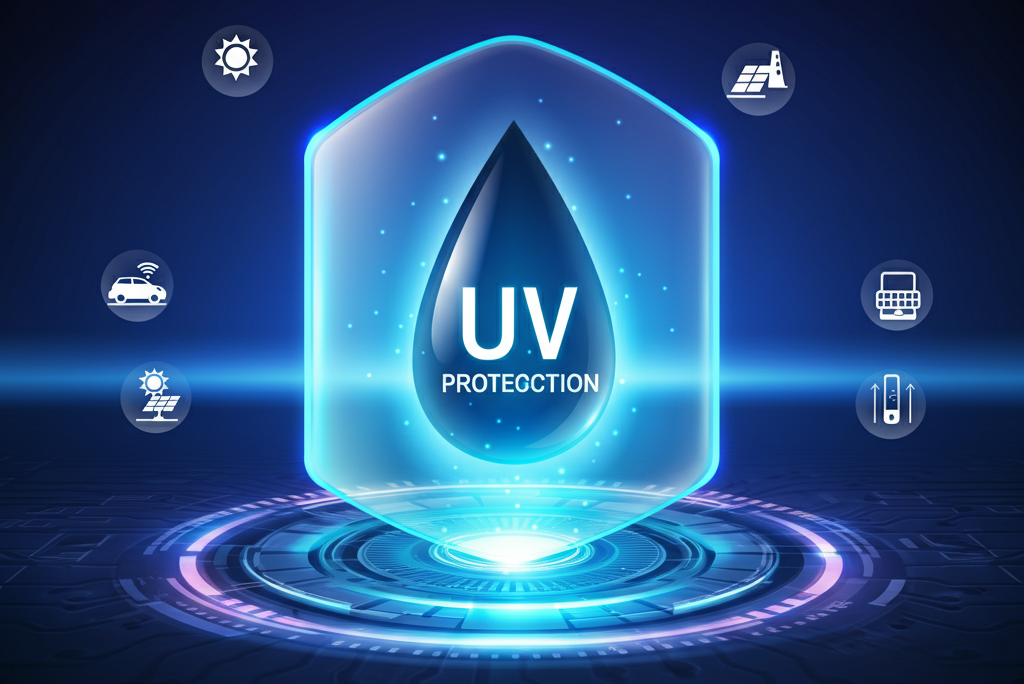Protecting surfaces and materials from the damaging effects of ultraviolet (UV) radiation is a challenge that touches nearly every modern industry—from automotive and architecture to consumer gadgets and solar panels. Over-exposure to UV rays can lead to fading, brittleness, and functional breakdown, threatening long-term value and safety.
Enter Uvlack—an advanced coating technology quietly reshaping standards for UV protection and surface performance. Whether you’re a builder, engineer, manufacturer, or eco-conscious consumer, understanding why Uvlack stands out is key to making informed decisions about material longevity and safety.
Table of Contents
ToggleUnderstanding Uvlack: How It Works and Why It Matters
“The goal in UV protection is to block harmful energy without sacrificing appearance or durability,” says Dr. Emily Tran, a materials scientist specializing in surface treatments. Uvlack achieves this through a sophisticated combination of modern chemistry and engineering, producing a coating that’s as tough as it is versatile.- UV-Absorbing Agents: Uvlack contains agents that actively soak up and neutralize both UVA and UVB rays, converting them into harmless energy instead of allowing them to degrade your surfaces.
- Nano-Particle Integration: Micro-engineered particles create an exceptionally thin protective layer that reflects and diffuses incoming UV rays, boosting effectiveness while maintaining the original look and feel of the material.
- Thermal Reflective Additives: Unlike traditional coatings that can trap heat, Uvlack reduces thermal buildup—keeping surfaces cooler and more resistant to distortion or warping.
- Eco-Friendly Composition: Newer formulations boast low Volatile Organic Compounds (VOCs), exceeding modern health, safety, and sustainability benchmarks.
Key Benefits: Why Uvlack Outshines Traditional UV Coatings
- Unrivaled UV Resistance: Uvlack blocks both UVA and UVB rays, maintaining a barrier against color fading and structural damage. Field tests and ASTM G154 weatherability standards confirm longer-lasting protection than most conventional options.
- Durability Across All Seasons: Built to resist not only UV, but also temperature swings, moisture, and corrosive environments. That means fewer repairs and less maintenance—no matter the climate.
- Lasting Visual Appeal: No one likes the look of sun-bleached finishes. Uvlack remains rich and glossy (or matte, if preferred) for years—ideal for high-gloss applications in automotive and consumer electronics, or elegant matte finishes in architecture.
- Multi-Surface Coverage: Uvlack adheres equally well to metals, glass, plastics, and wood, allowing designers and builders unmatched flexibility.
- Health and Environmental Assurance: With its low-VOC profile, Uvlack supports safer manufacturing environments and contributes to green-building credits such as LEED.
Uvlack in Action: Top Applications & Industry Use Cases
It’s easy to call something “versatile,” but Uvlack truly delivers on this claim. Let’s examine how different sectors benefit from its advanced technology.- Automotive: Protects vehicle exteriors, trim, interior dashboards, and sensitive components. Electric vehicle makers report lower component failure rates due to reduced heat stress, as seen in recent SAE International studies.
- Consumer Electronics: Shields smartphones, tablets, laptops, and wearables from UV yellowing, scratches, and material fatigue—ensuring devices look “new” longer and retain their resale value.
- Solar Panels: Used on photovoltaic modules to prevent efficiency loss from surface degradation, Uvlack’s reflective properties also optimize operational temperatures, helping panels yield higher energy output.
- Architecture & Construction: Provides lasting color and structural integrity to facades, window frames, cladding, and outdoor fixtures. Its eco-oriented formulation is a bonus for green building projects.
- Furniture & Decorative Surfaces: Indoor and outdoor furnishings maintain their finish and withstand spilled drinks, sunlight, and daily wear, making Uvlack an interior designer’s ally.
Looking Forward: The Future of Uvlack and UV Protection
Uvlack’s reputation for innovation isn’t resting on its laurels. Industry chatter and new patent filings suggest that the next wave of coatings will be intelligent and adaptive. Imagine surfaces that can “self-heal” from scratches, automatically adjust their reflectivity as sunlight shifts, or integrate conductive materials for smart-home functionality. The drive for sustainability continues too. Researchers are exploring biodegradable polymers, plant-based VOC alternatives, and even coatings that offer active antimicrobial effects—areas where Uvlack is expected to make a mark. For insights on where these eco-trends are headed, see interviews with leaders in the specialty coatings industry.Uvlack vs. Conventional UV Coatings: The Comparison At a Glance
| Feature | Uvlack | Traditional UV Coating |
|---|---|---|
| UV Resistance | Top-tier (field-verified) | Moderate; fades over time |
| Color Stability | Keeps rich, original finishes | Yellowing and bleaching common |
| Surface Compatibility | Wood, glass, metal, plastic | Usually limited to select materials |
| Eco-Friendliness | Low-VOC, supports LEED | Higher VOC content |
| Durability | Withstands harsh conditions | Prone to weather or chemical damage |

